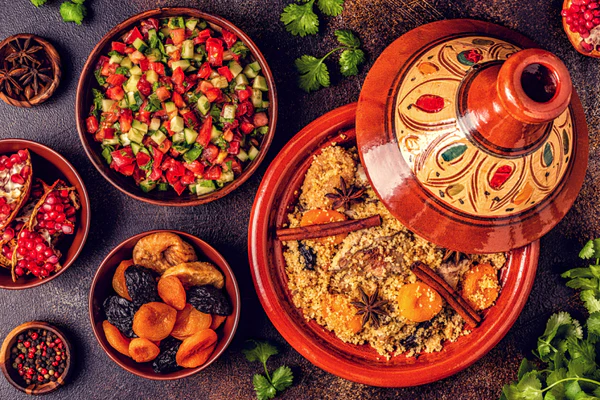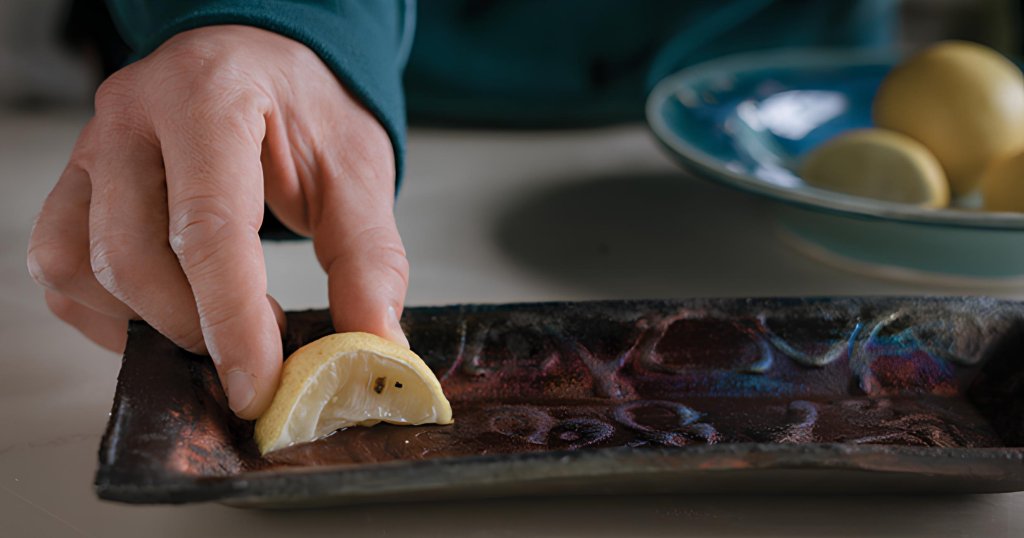Don’t we all love fancy poetry and dishware? We look for the most intricate design with visually appealing features for the crockeries we want to flaunt in our kitchen and serve the guests.
But, it’s time for a makeshift in the thought process while looking for pottery. We must look for ceramic glue that maintains the FDA regulations of lead and cadmium amounts.
The granny passed down dishes are delicate and close to our hearts, but unknowingly, they can be hazardous for our health. The exposure of food to lead particles and acrylic paints can cause our health to deteriorate over the period.
Thus, it is important to check the ceramics.
Hazards of Ceramic Pottery
Before we delve into what makes something food-safe in ceramics, we must understand why we discuss this topic.
Since ceramics are made of heavy metals and yet used for making pottery, the following are the dangers of using them:
- Ingestion due to flaking off of ceramic chips
- Harboring of bacteria in cracks or crevices
- Burn hazard when heating something suddenly or in a microwave
- Leaching of metals from glaze surface due to liquids
Outlook of Food Safe Pottery

The United States Food and Drug Administration(FDA) closely monitors the food safety regulations in pottery by carrying out the leach test.
To ensure pottery is genuinely food-safe, it’s essential to use food-safe ceramic bonding solutions. These solutions are crucial for creating a barrier between food and the heavy metals often found in ceramic materials. We can enjoy our meals with peace of mind by applying a protective layer that meets stringent safety standards.
Also, you should choose pottery with less to no crevices since it will be difficult to wash them, leaving them with bacteria. Also, avoid crockery with rough designs and go for the smooth and convenient ones.
How Can Food Safe Pottery Be Decorated?
Since pottery is made using ceramics that contain lead and other heavy metals, one must be careful of how the pottery is decorated to consume safe food. Because, of course, we cannot stop using the beautiful dishes made of ceramics.
So, to attain pottery that is beautiful and also food-safe, one must apply a coat of fire glaze over the design and ceramic paints. Seal the entire body using the fire glaze so that no raw pottery is exposed to food.
Make sure all the decorations are beneath the fire glaze.
If you are unsure of the quality you are purchasing, you must ask the store manager, and they will provide you with the necessary details.
How Do I Make Sure Pottery is Food Safe?
Regarding ceramic serve ware, California Proposition 65 has established the strictest rules for the pottery makers to adhere to. When purchasing ceramic cookware and dishware, check for the regulations it follows.
Yet another way to be double sure of the quality of the pottery is a home-based method as well, which we suggest you should undertake before using any ceramic pottery—the lemon water test.
To leach test a said glaze, squeeze a lemon wedge on the surface and inside of the pottery, and if the glaze changes its color, it’s not food-safe. Similarly, you can also do this test with lemon juice or orange juice. If the color remains constant and the glaze isn’t worn out, you can use ceramic pottery.
While this does not guarantee 100% safety, we can at least tell you that it will not affect your health to extreme levels. With time, as the pottery gets old, you must stop using it since the resistance to liquid and water reduces with more and more usage.
Safety Measures for Using Ceramics Pottery
Now that all the hazards and ways to have food-safe pottery are known to you, you must adhere to certain safety measures while cooking in, storing in, or eating out of ceramics. It is essential for your health of yourself, along with friends and family.
- Try to avoid the storing of acidic food in ceramic dishware for a prolonged period. The porous containers can lead to acid and make food harmful.
- Check the pottery for its FDA benchmarks and avoid the ones that do not meet the required quality.
- Heating and microwaving accelerate the leaching process. Do not heat the ceramics, or if you must do so, do it in highly equipped ceramic containers.
- Do not use the old washed-out ceramic pottery, no matter how close to your heart it is. They have the maximum lead exposure to food.
- If you notice a greyish residue on the glaze after washing pottery, instantly throw it out of use since it increases the probability of leaching into the food.
- If you are ever in doubt about the quality of the ceramic and the fire glaze, it is better not to use the pottery altogether. It’s better to be safe than to be sorry.
- Be careful about the dishes and crockeries that you eat out of and also gift someone.
Final Thoughts
While ceramic pottery might look very appealing, some might not be food-safe. You must test all the antique ceramics before using them in the kitchen.
Make sure to check the labels for FDA of California Proposition 65 approval and double-check for the safety of your family. It is better to be cautious than to regret later. While some shopkeepers are true to their words, some might fool the public with fake labels and aggressive persuasion. It is the responsibility of the user to be careful and make health their priority over beauty.
The fire-glazed pottery is food-safe, but then again, you must be careful about the glaze quality and paint used. Some pottery is safe even without the glaze coating, and one must verify it before using it.

